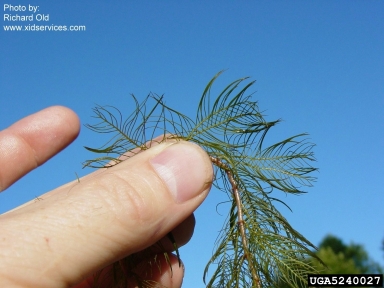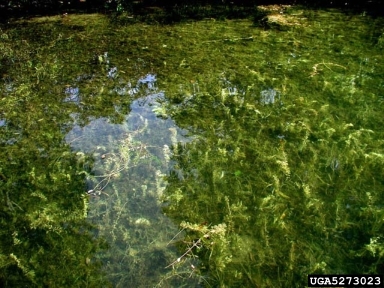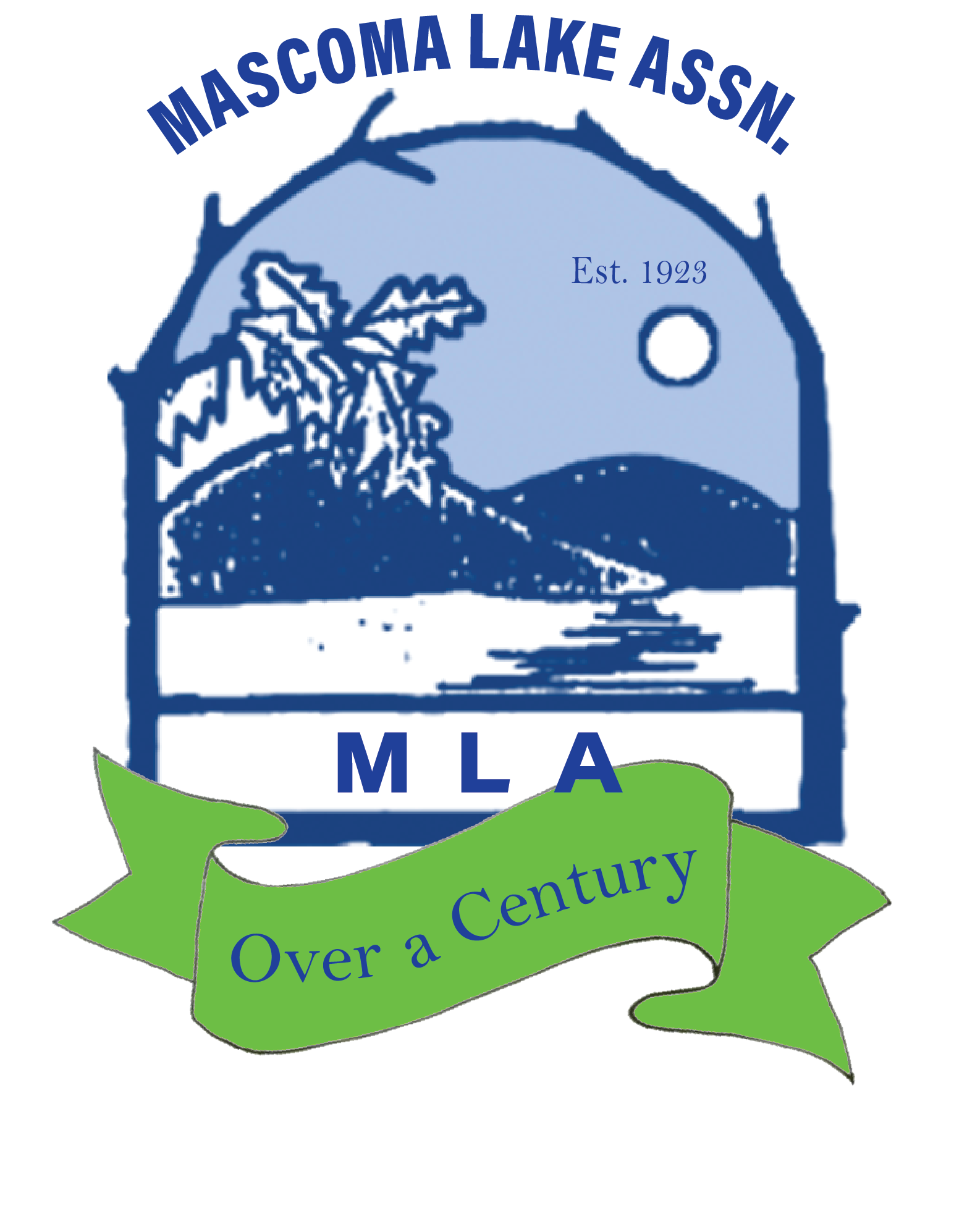

About Milfoil


This species is not native to our state and is very difficult to control once it becomes fully established. Milfoil reproduces through fragmentation whereby plant fragments break off from the parent plant through wind or boat action, grow roots, and settle in a new location. Milfoil spreads rapidly and displaces beneficial native plant life. It makes swimming difficult and can devalue waterfront property. Where this species grows in its native environment, insects and fish may feed on this plant at such a rate as to control its growth. In our area, milfoil has no natural predators to keep its population in check. Under optimum temperature, light and nutrient conditions, milfoil may grow up to an inch per day. How did exotic milfoil become established in this state? It was most likely a “stowaway” fragment attached to a boat or trailer that came to this region. Milfoil can live out of water for many hours if it remains moist.
See Amy Smagula’s report on invasive plant and animal species click HERE
Milfoil Data Maps
Unfortunately, in 2018 Google discontinued support for their wonderful application that worked with Googlemaps and data supplied by the user to create interactive maps of the individual harvest sites or heat maps indicating the intensity of the harvest areas. Before they discontinued this application we took screen shots of several years’ harvests shown as heat maps. We are continuing to explore other applications that might allow us to resume sharing harvest data in an easily comprehensible visual representation, but for now, click below to see heat maps from 2013 to 2018.
Heat Map 2018 Heat Map 2017 Heat Map 2016 Heat Map 2015 Heat Map 2014 Heat Map 2013
To read about Lake Stewardship in New Hampshire click HERE (PDF)
To see a video on setting up milfoil markers click HERE

Clean Milfoil off your Boat
Cheers’ Cliff Clavin (John Ratzenberger) discusses how to clean Milfoil off your boat in this video by Minnesota Sea Grant.

